The Importance of Diógenes Rebouças in Bahian Architecture
Diógenes Rebouças was undoubtedly the most renowned and influential architect in Bahia between the late 1940s and the early 1960s.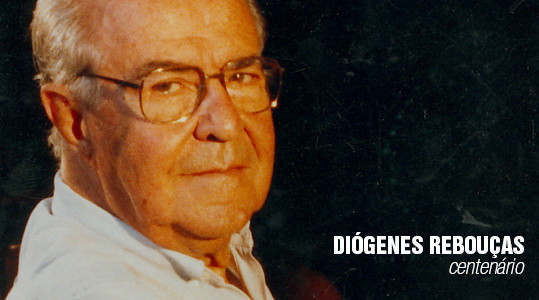
Biography of Diógenes Rebouças
Diógenes de Almeida Rebouças (Diógenes Rebouças) was born in 1914 on a farm in the Bahian municipality of Amargosa. At four years old, he moved with his family to Itabuna, where his parents owned farmland. Between 1930 and 1933, he studied Agronomic Engineering at the Agricultural School of Bahia in São Bento das Lajes. Later, he returned to Itabuna, where he worked as a surveyor and helped manage his family’s farms. Through contacts with engineers he met as a surveyor, Rebouças began to develop architectural projects, becoming one of the most productive designers in the city during the 1930s. The most important project of this phase was the Catedral de São José in Itabuna.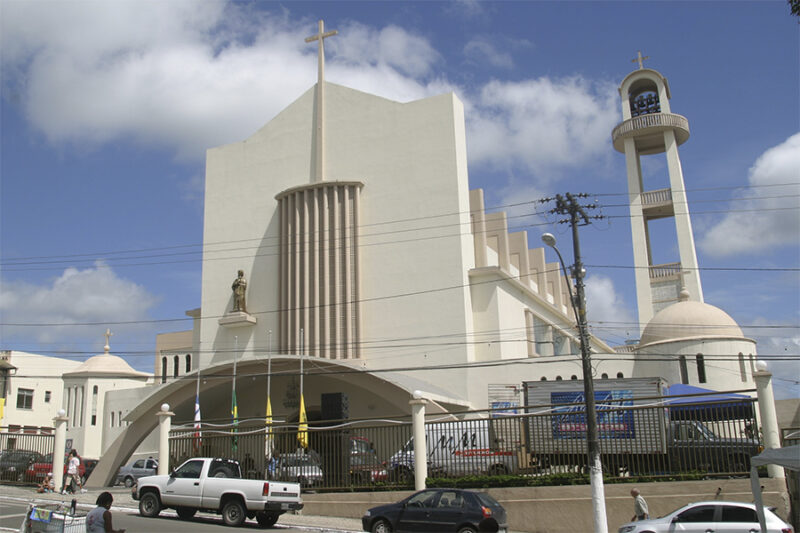
The Catedral de São José
The Catedral de São José was a significant milestone in Diógenes Rebouças’s career, representing his first major architectural project and establishing him as one of the leading designers of the time. This work not only showcased his creative and technical skills but also provided him with visibility and recognition in the community. The cathedral symbolized Rebouças’s transition from a surveyor to an architect on the rise, allowing him to develop his professional identity and architectural style. The success of the Catedral de São José also opened doors for future opportunities, leading him to more ambitious and complex projects in Salvador and other parts of Bahia. Furthermore, the cathedral served as an example of how Rebouças could integrate functional and aesthetic aspects into his projects, influencing regional architecture and shaping the urban landscape of his hometown and beyond. The work is a testament to his ability to innovate and respond to the community’s needs, characteristics that would become hallmarks of his career over the years.Education and Career Beginnings

Biografia e Obras de Diógenes Rebouças
In 1936, he permanently moved to Salvador and resumed courses in architecture, drawing, and painting at the School of Fine Arts of Bahia, completing the course in Drawing and Painting in 1937. In 1941, at the invitation of engineer Mário Leal Ferreira, he provided input on the landscaping of the area surrounding the stadium being built near the Dique do Tororó. Rebouças presented an alternative proposal that placed the stadium on the Nazaré hillside and created an opening to the Dique, which was accepted by Governor Landulfo Alves. The Estádio da Fonte Nova would be inaugurated ten years later.Contributions to Urbanism
Starting in 1943, with the creation of the EPUCS (Urban Planning Office of the City of Salvador), Rebouças coordinated the landscaping sector. Following Mário Leal Ferreira’s death in 1947, he took over the direction of EPUCS and developed projects that transformed the landscape of Salvador, such as the Avenida Centenário, the State Penitentiary, the Hotel da Bahia, the Fish Market, and the new pavilions of the Santa Terezinha Sanatorium Park.Notable Projects
He also designed works in the interior of Bahia, such as the hospital and hotel in Paulo Afonso and several schools based on the pedagogy of Anísio Teixeira. His work culminated in the Carniero Ribeiro Educational Center in Salvador, a national and international reference in school architecture. Other important projects include:- Avenida Centenário: Improved the urban infrastructure of Salvador, connecting different areas of the city.
- State Penitentiary: Addressed the needs of the prison system.
- Hotel da Bahia: A landmark in the city, providing accommodation and leisure space.
- Fish Market: A commercial center and meeting point for the community.
- Santa Terezinha Sanatorium Park: Modernized and expanded this essential space for public health.
- Faculty of Architecture of UFBA: Shaped the training of new generations of architects.
- Fonte Nova Sports Complex: Expansion of the sports complex for events and competitions.
Teaching and Recognition
In 1952, Rebouças obtained his degree as an architect from the Federal University of Bahia (UFBA) and began teaching. Notable projects from this phase include Avenida Contorno, the headquarters of TV Itapoã, the Polytechnic School, and the Passenger Maritime Station. In the 1960s, his output decreased, but his influence remained unmatched. He designed the Faculty of Architecture of UFBA and the expansion of the Fonte Nova Sports Complex. Throughout his career, Diógenes Rebouças received numerous awards and recognitions for his contributions to architecture, establishing himself as a respected and admired figure in the academic and professional fields.Retirement and Final Contributions
In 1972, he closed his office and dedicated himself to teaching, consulting, and participating in the State Council of Culture. In the 1980s, as a consultant for IPHAN, he developed studies for listed Bahian monuments and envisioned a mass transit project for downtown Salvador. Rebouças retired from UFBA in 1984 and passed away in 1994. He was the most renowned architect in Bahia between the 1940s and 1960s and played a fundamental role in shaping Salvador’s landscape and training new generations of architects.Influence and Legacy
The impact of Diógenes Rebouças goes beyond his works. He influenced the training of many architects in Bahia, contributing to the evolution of local architecture and inspiring new generations to follow in his footsteps. His style and innovative approach helped shape the architectural identity of the region.Historical Context
During the time Rebouças worked, Bahia was undergoing a period of urban and cultural transformation. The need for modernization and population growth demanded architectural solutions that addressed new social and economic challenges. Rebouças, with his vision and talent, was a central figure in this process, helping to define modern architecture in Bahia.Paintings by Diógenes Rebouças: “Salvador da Bahia de Todos os Santos in the 19th Century”
Seeking to reclaim the image of the city in the pre-reform period, Rebouças recreated, in painted canvases, the main thoroughfares of Salvador, such as the Farol da Barra, which was severely affected by urban reforms.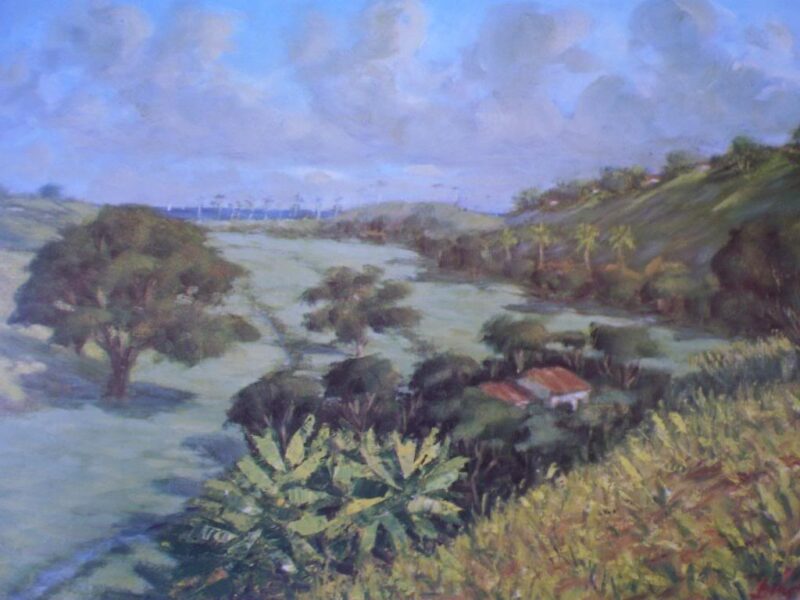
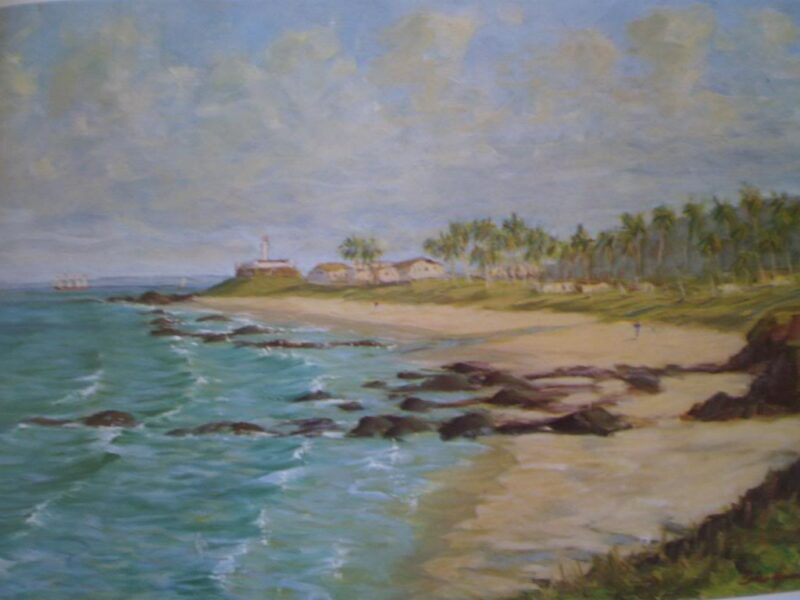
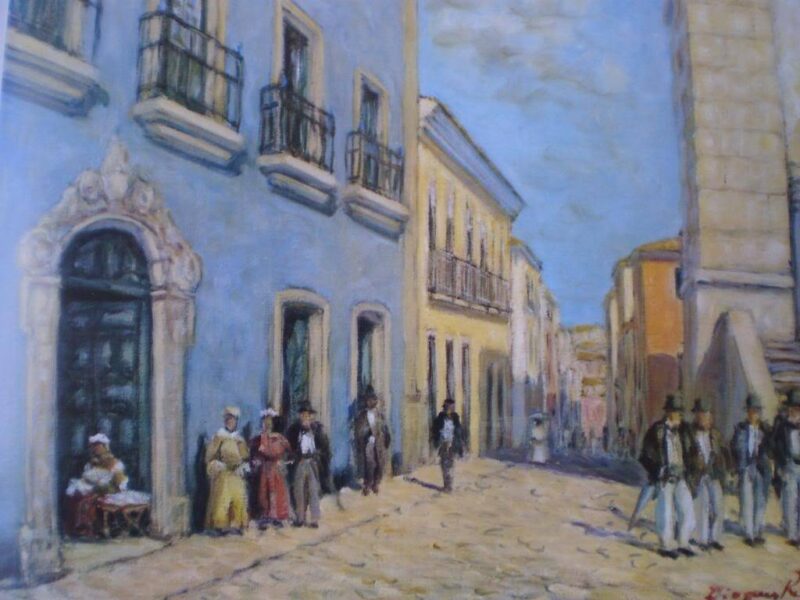
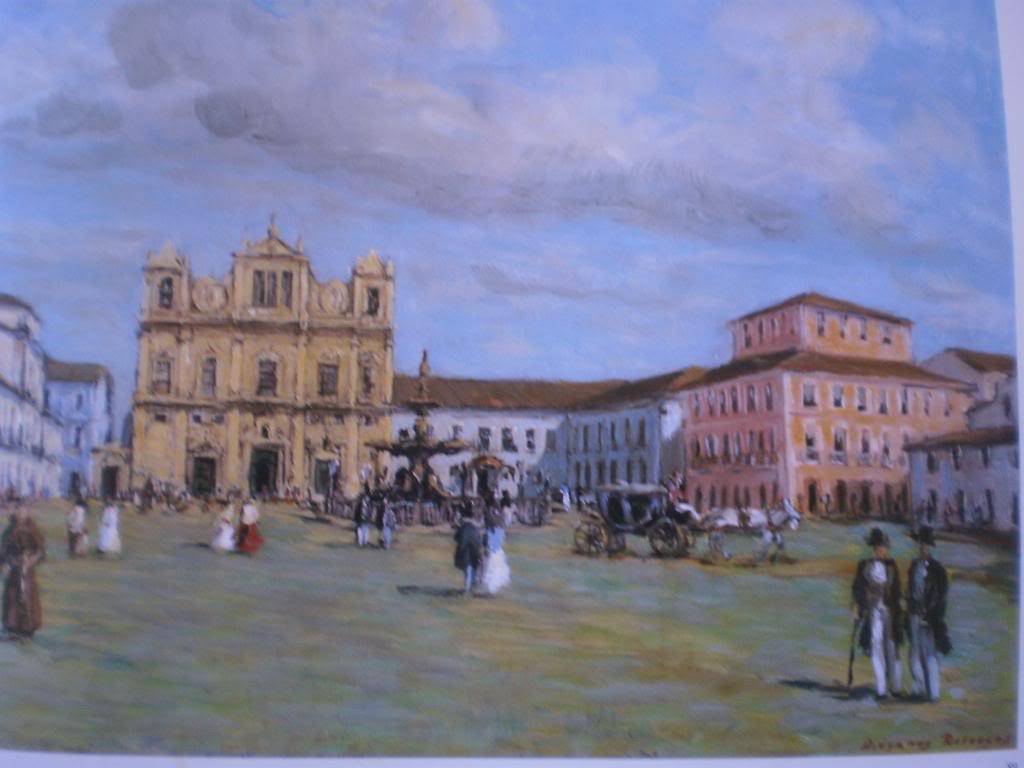
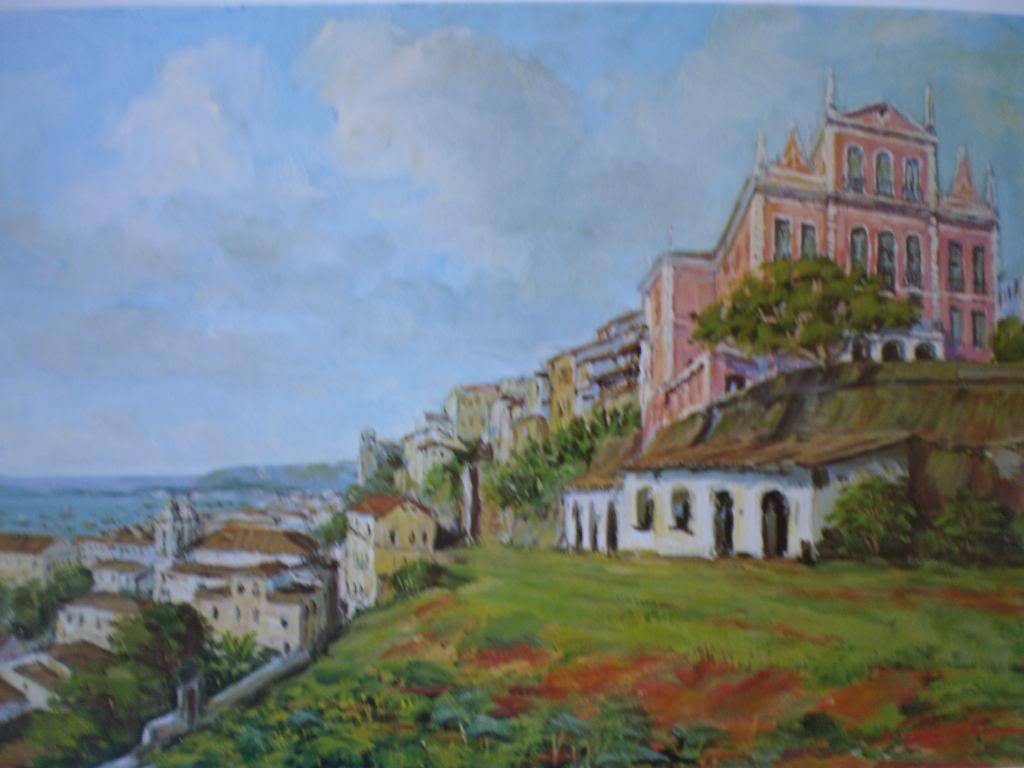
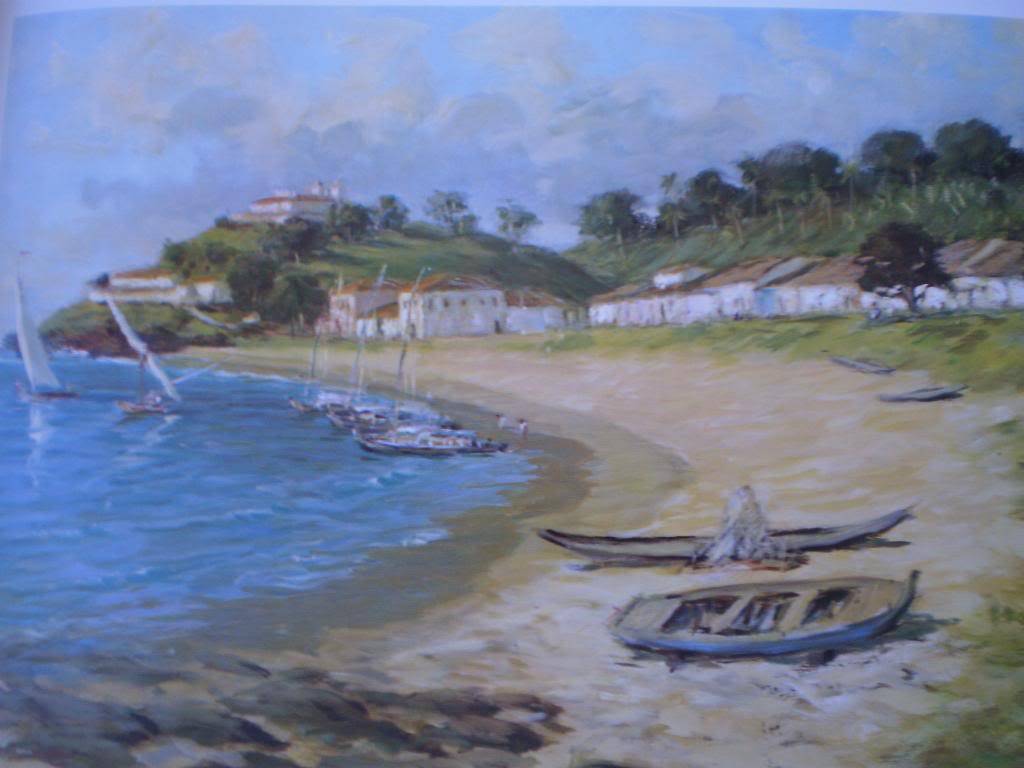
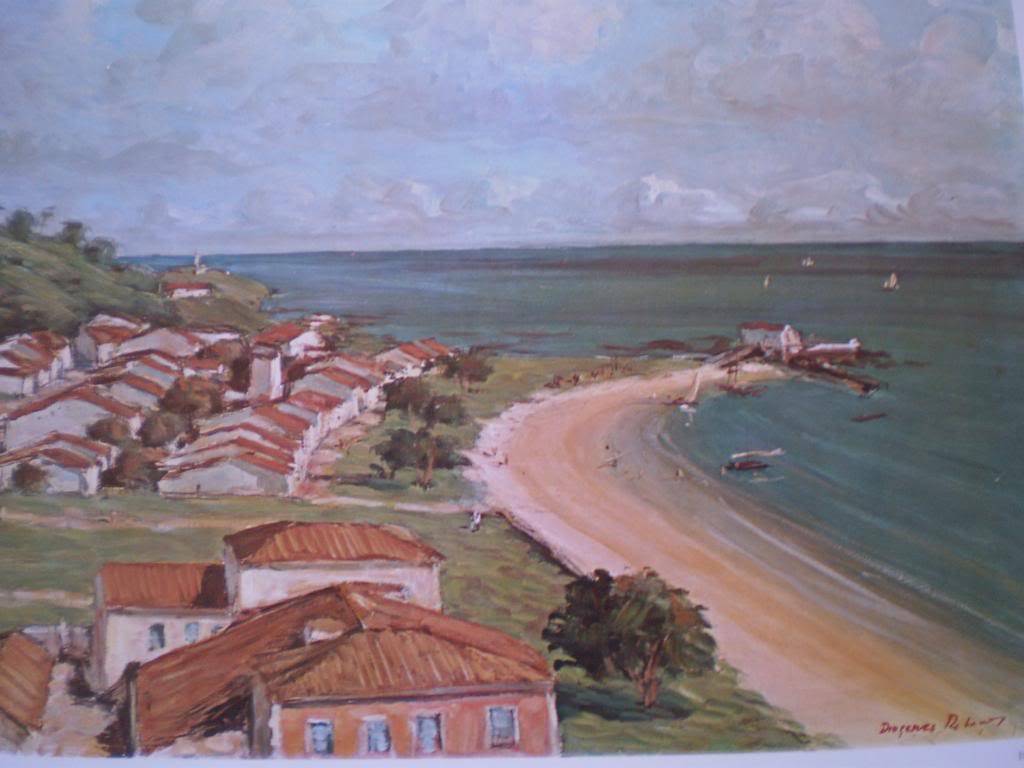
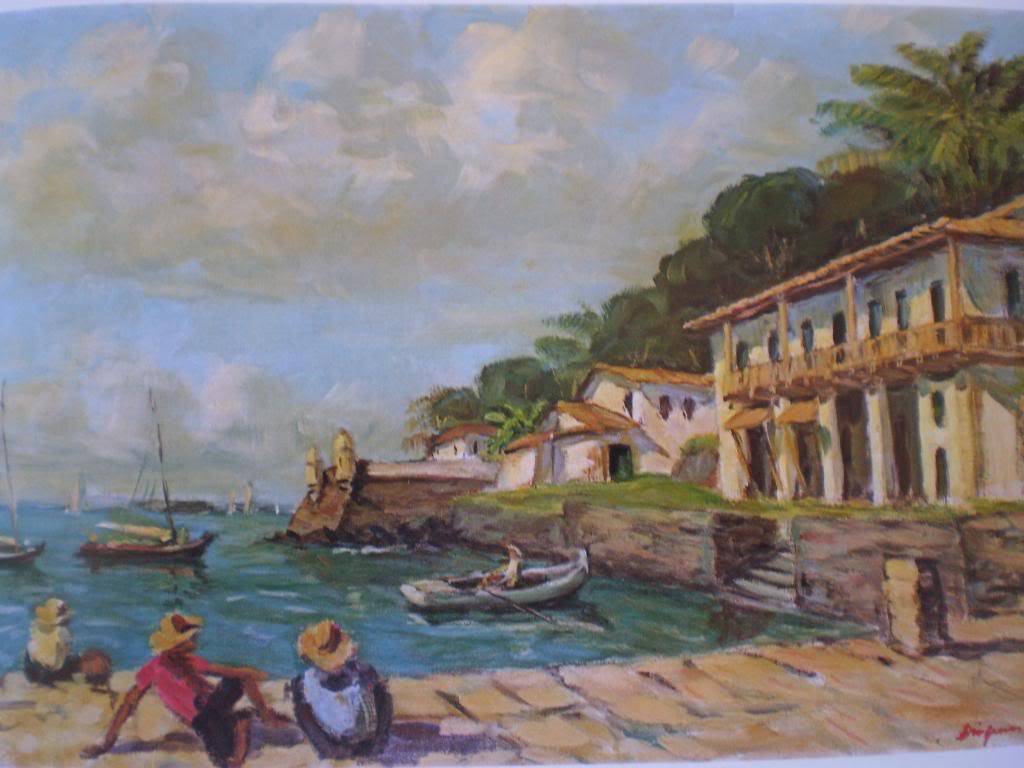
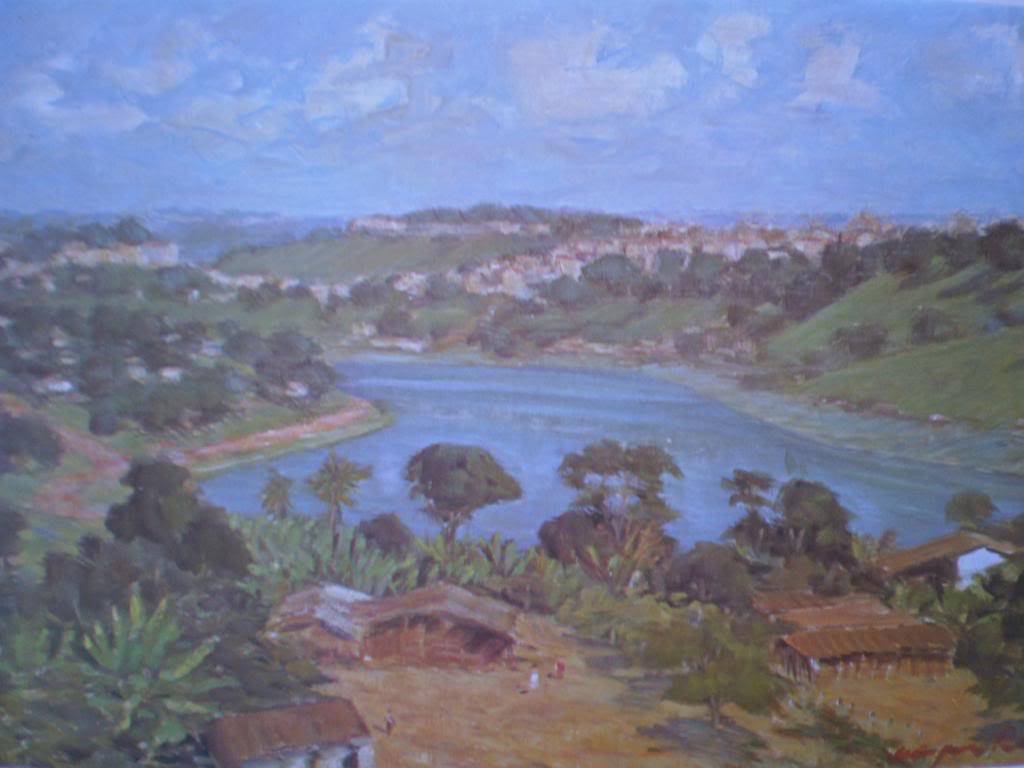
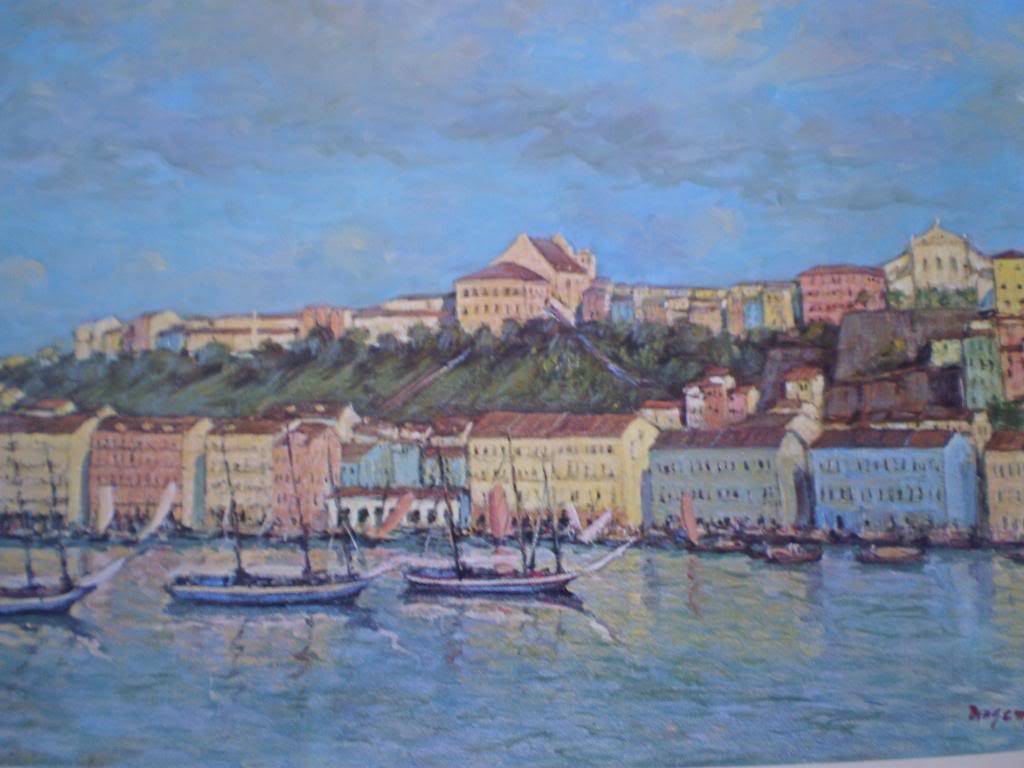
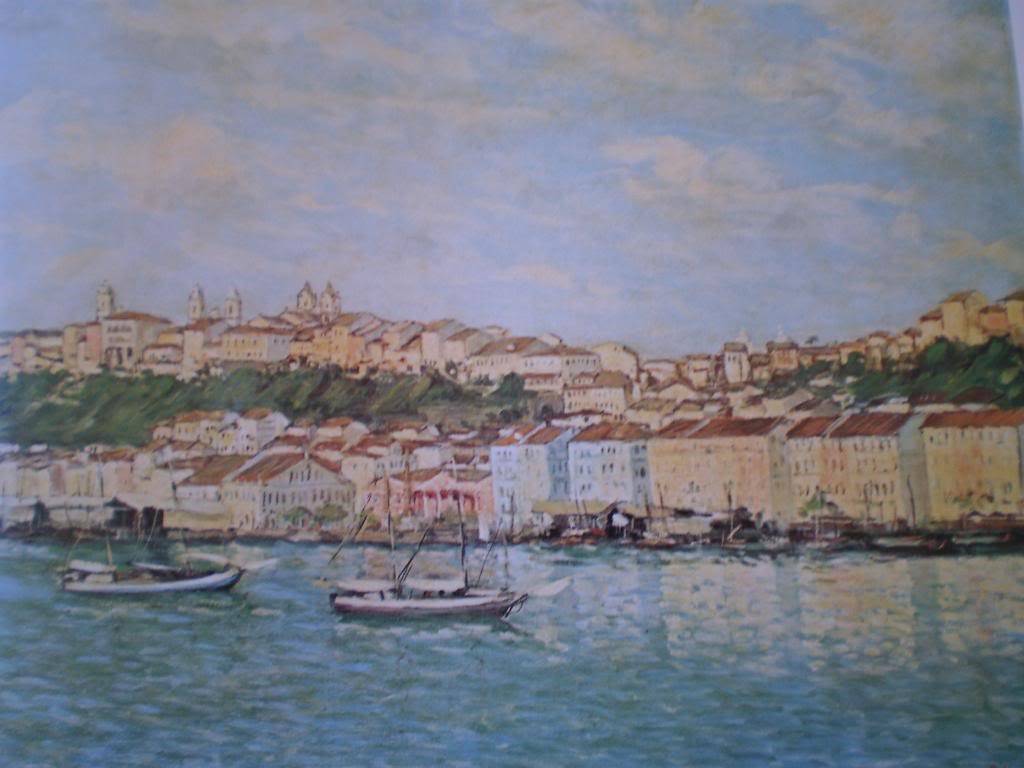
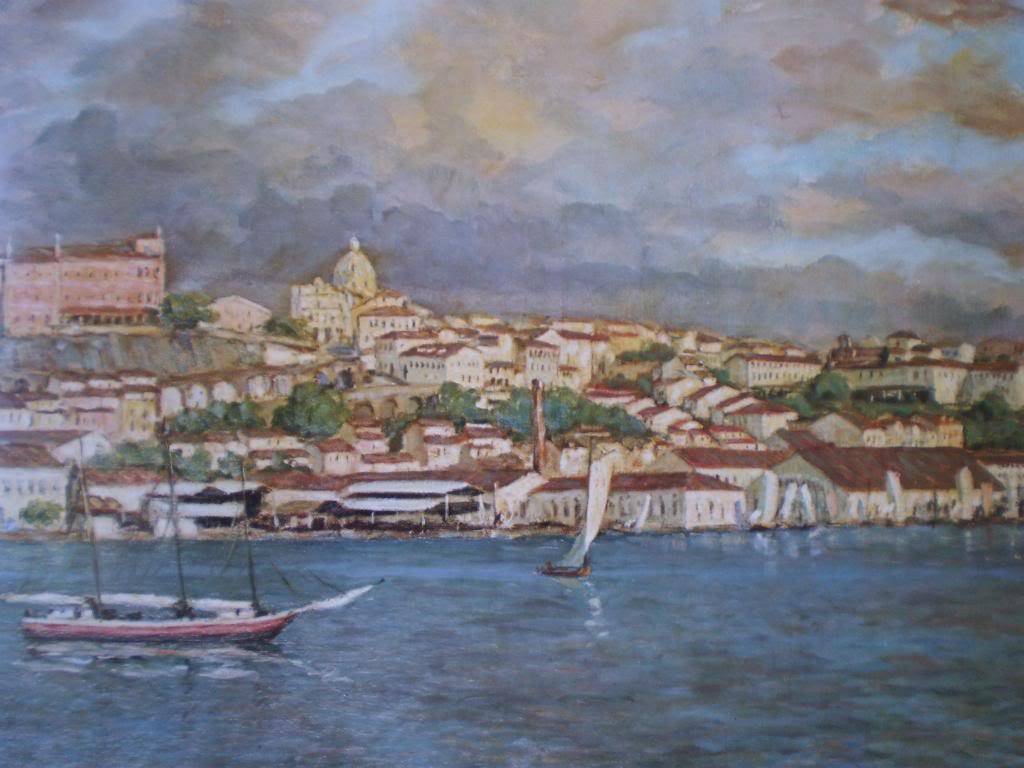
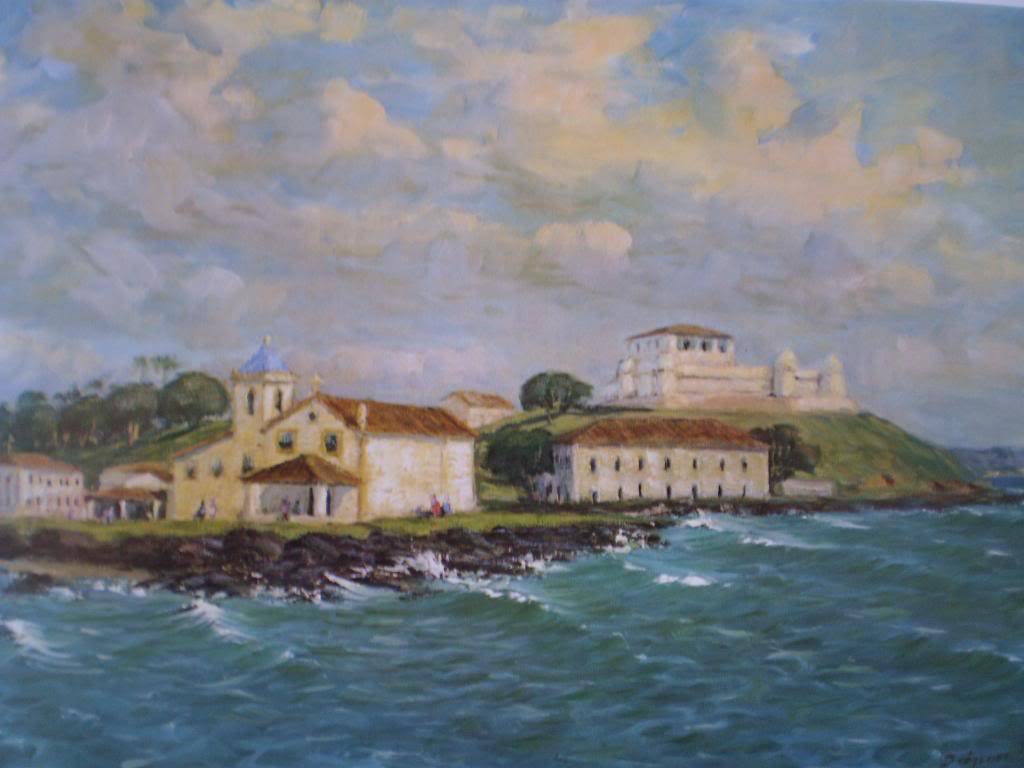
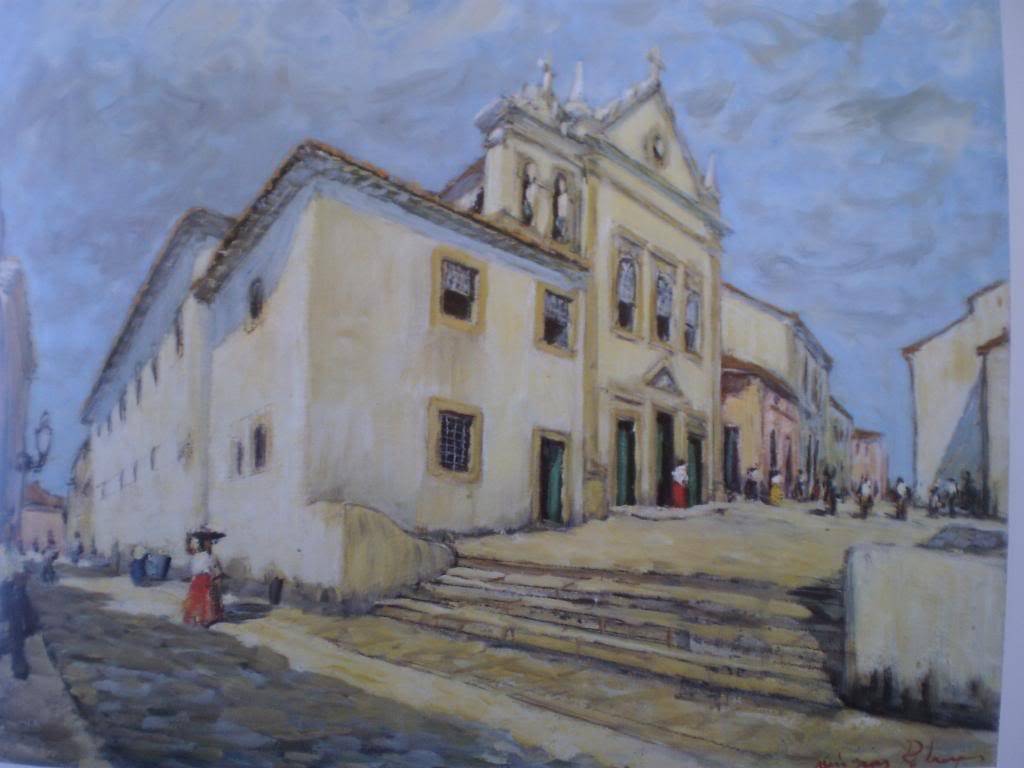
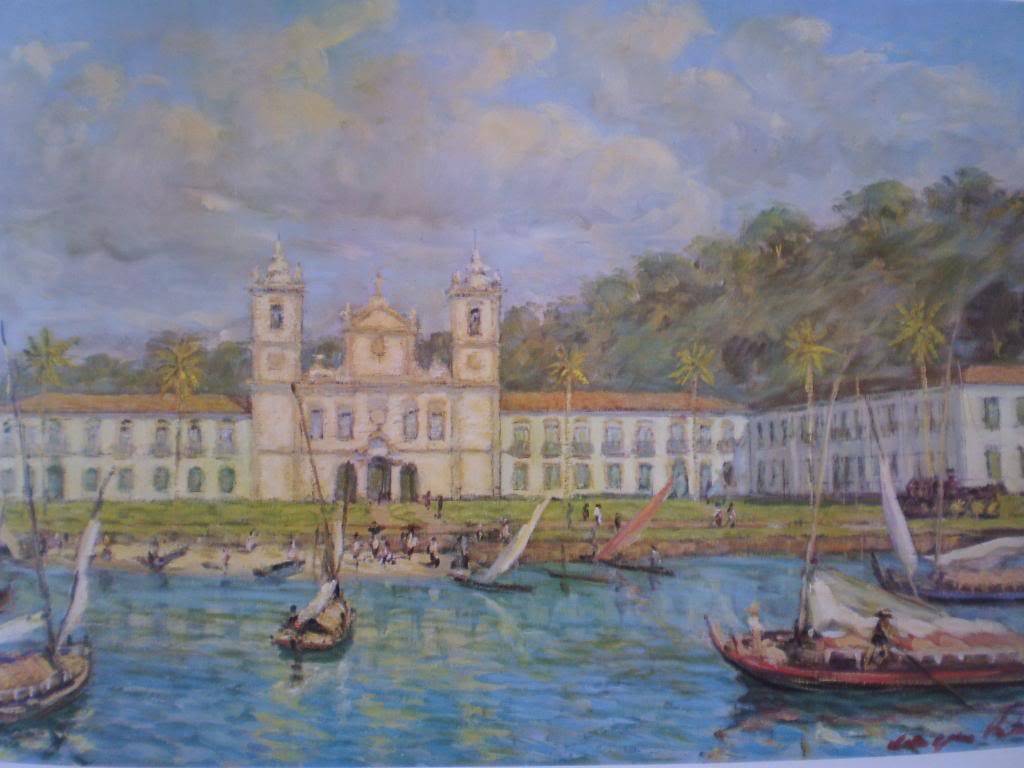
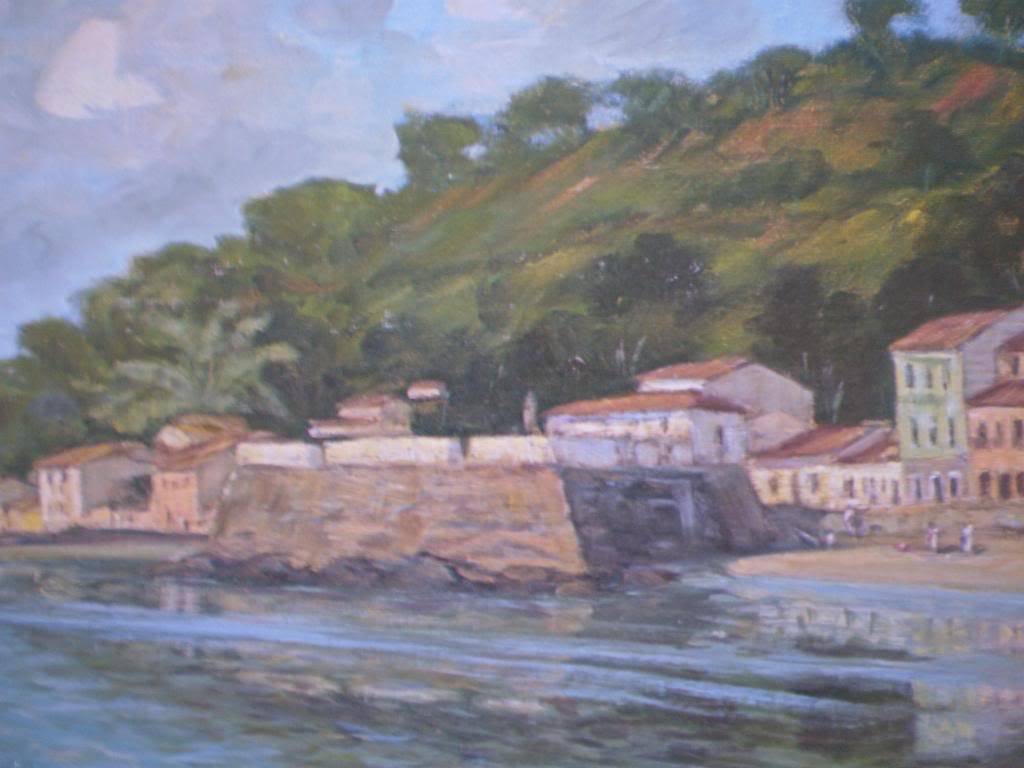
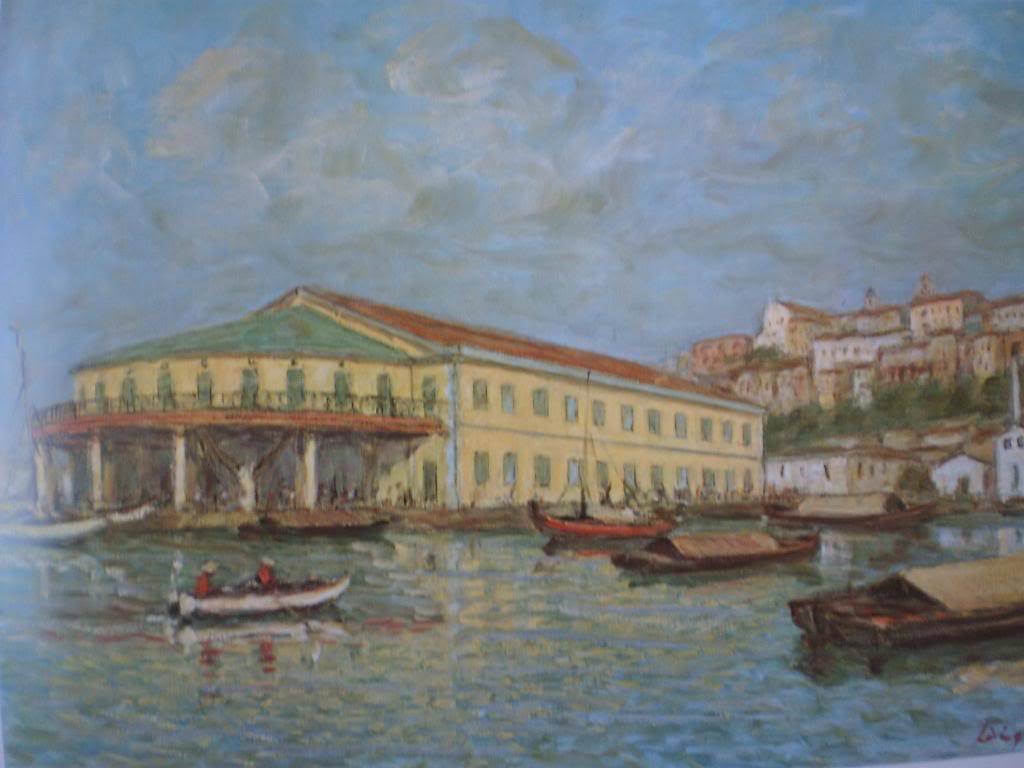

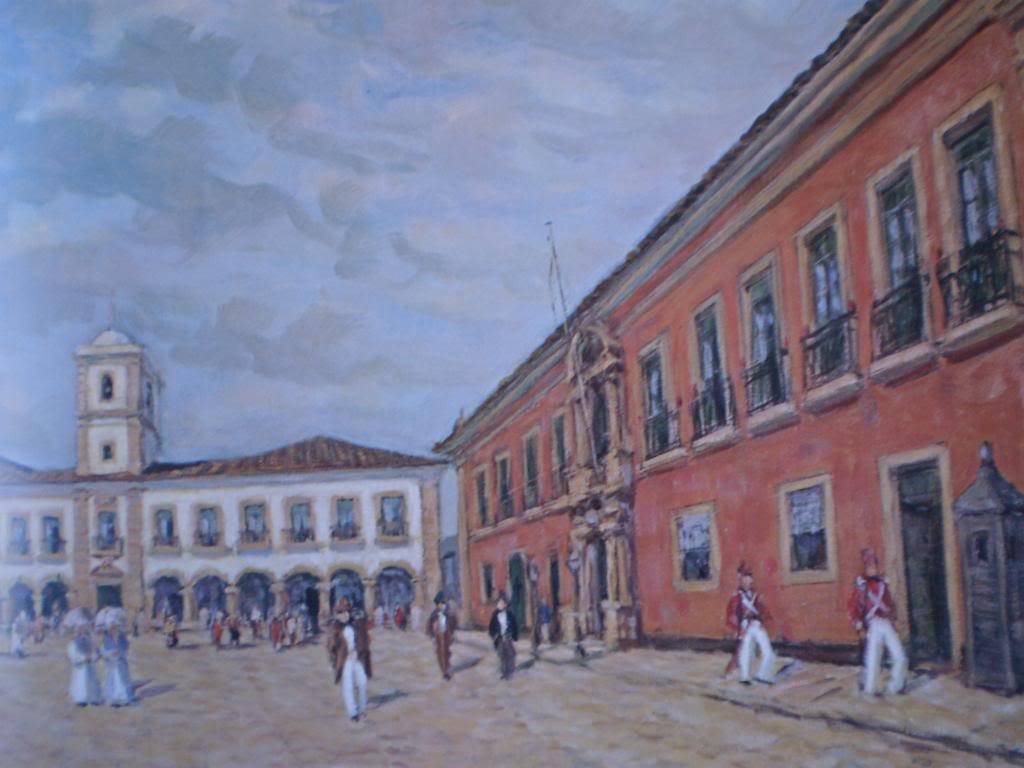
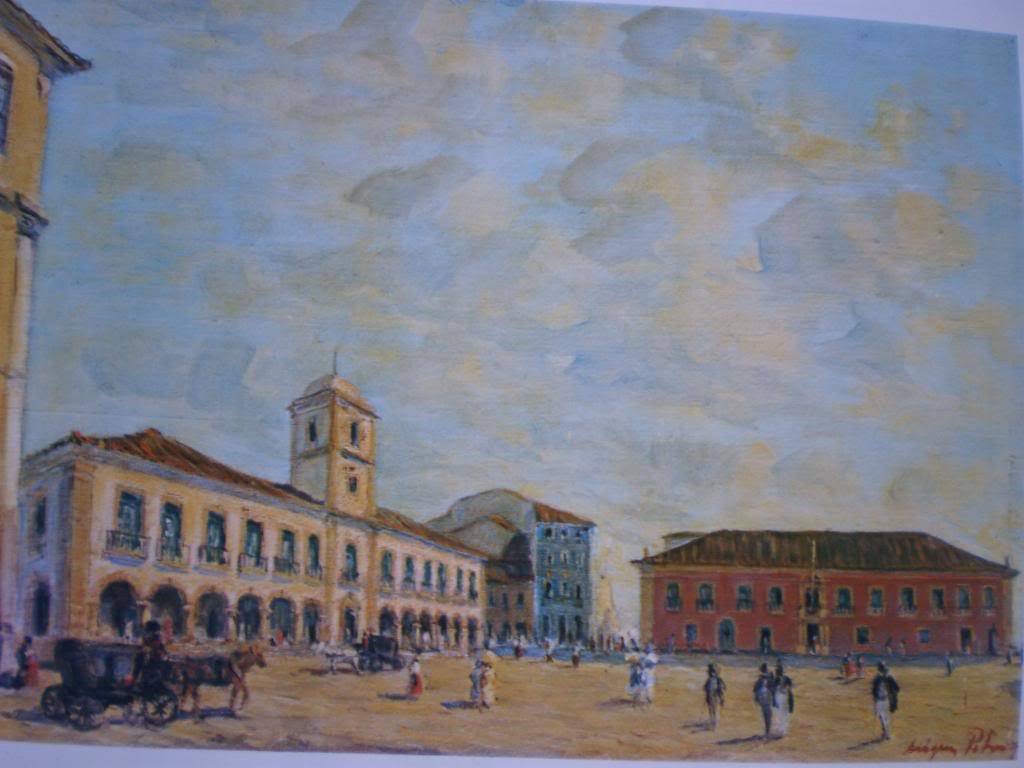
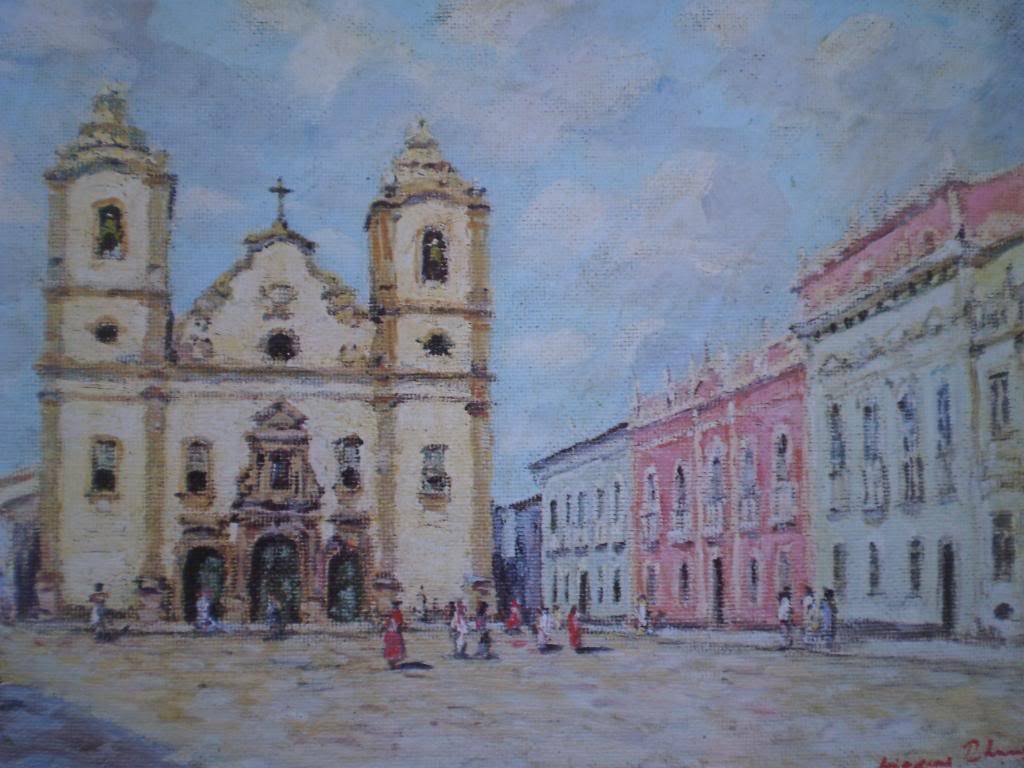
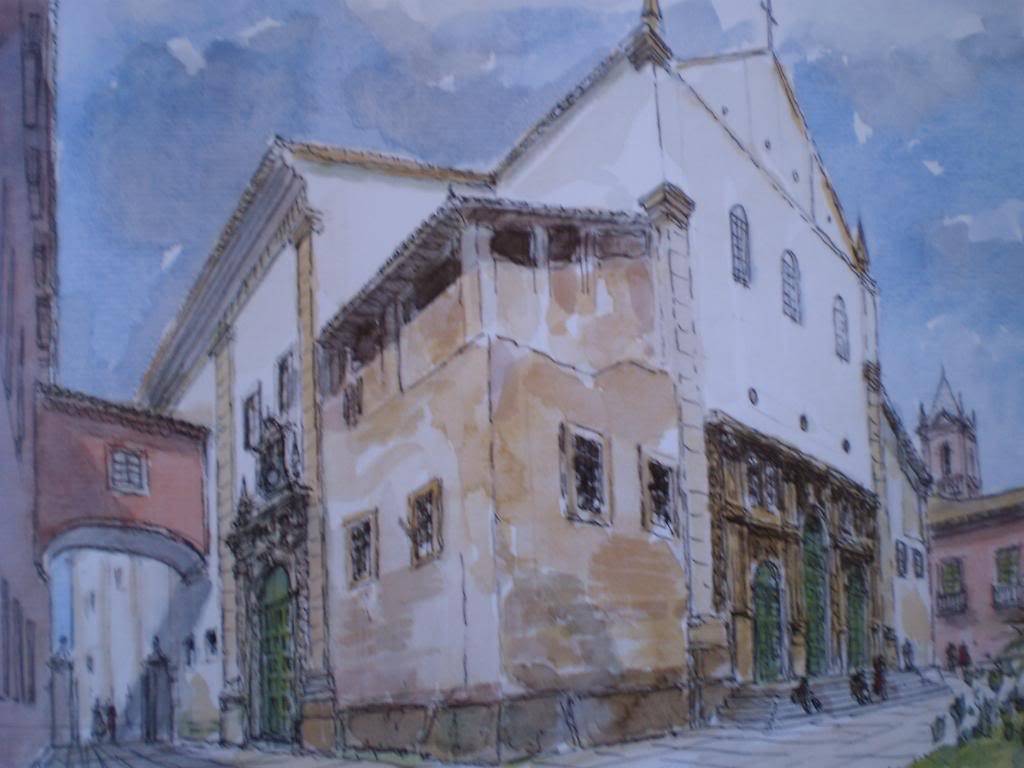
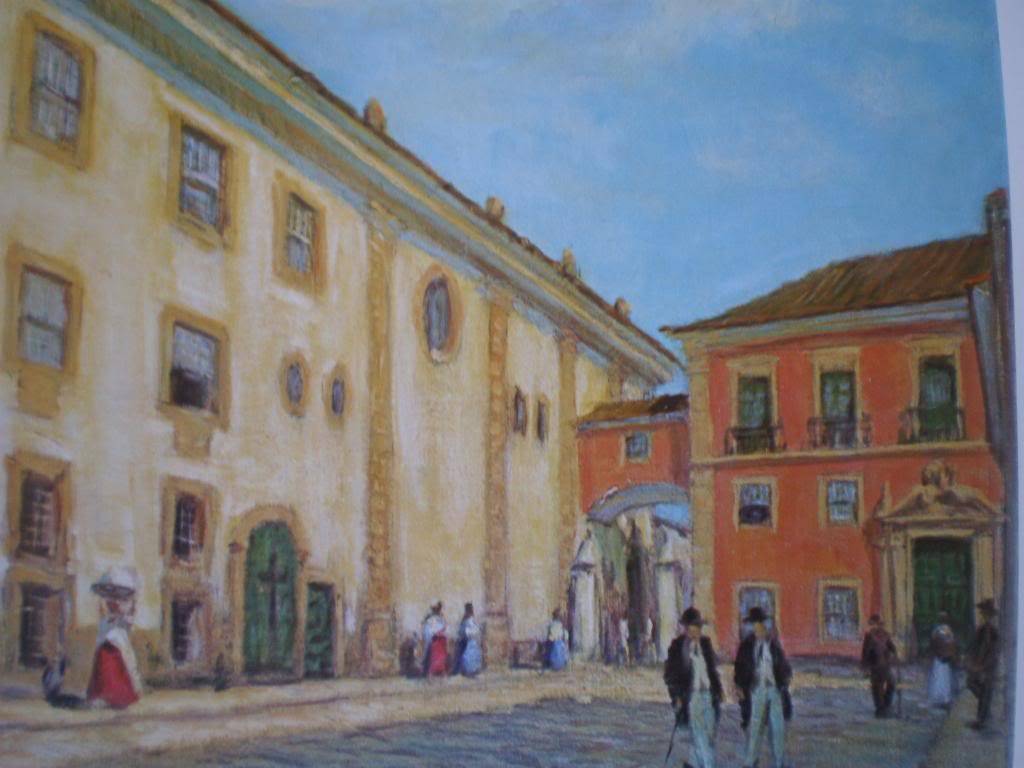

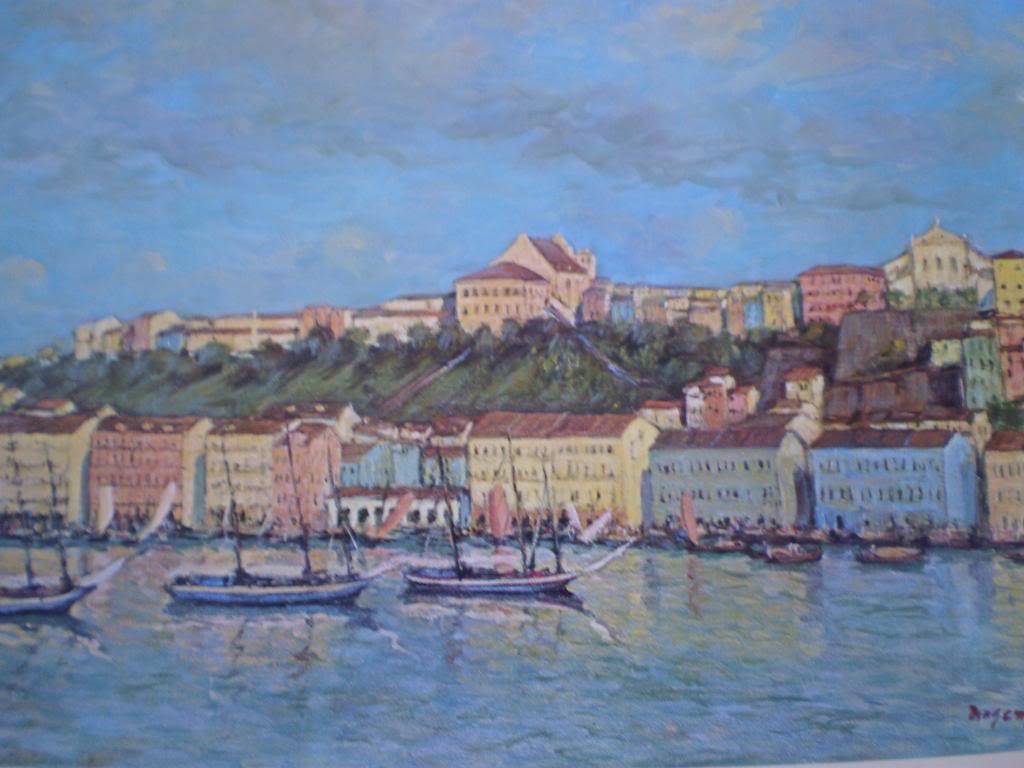

Publicações Relacionadas
June festivals: Tradition and Culture in the Northeast of Brazil
Colours of houses and buildings in the colonial architecture of the northeast
Brazil's northeastern subsoil has emeralds and archaeology
Rural Maracatu: A carnival tradition in the interior of Pernambuco
The culture of Northeastern Brazil: how it originated, influenced and flourished
Unveiling the Myth: Lampião and the Reality of Cangaço
Monte Pascoal National Park: Pataxó culture and Brazilian history
Franciscans in Brazil: Urban, architectural and artistic heritage
History of Baroque Architecture in the Northeast and Minas Gerais
History and Chronology of the Carnival of Salvador de Bahia
The origin of the Afro hairstyle in Salvador
Musical styles, rhythms, singers and composers of northeastern Brazil
The French artistic mission and the legacy of Jean-Baptiste Debret
Bobbin lace and embroidery: predominant handicrafts in Ceará
History of the 8-bass accordion and its influence on forró
Indigenous peoples of Bahia - History
Biography of Victor Meirelles and analysis of the work "The First Mass in Brazil"
Graciliano Ramos: A Literary Icon of Brazilian Northeastern Life
This post is also on:
![]() Português
Português ![]() English
English ![]() Deutsch
Deutsch ![]() Español
Español ![]() Français
Français



















